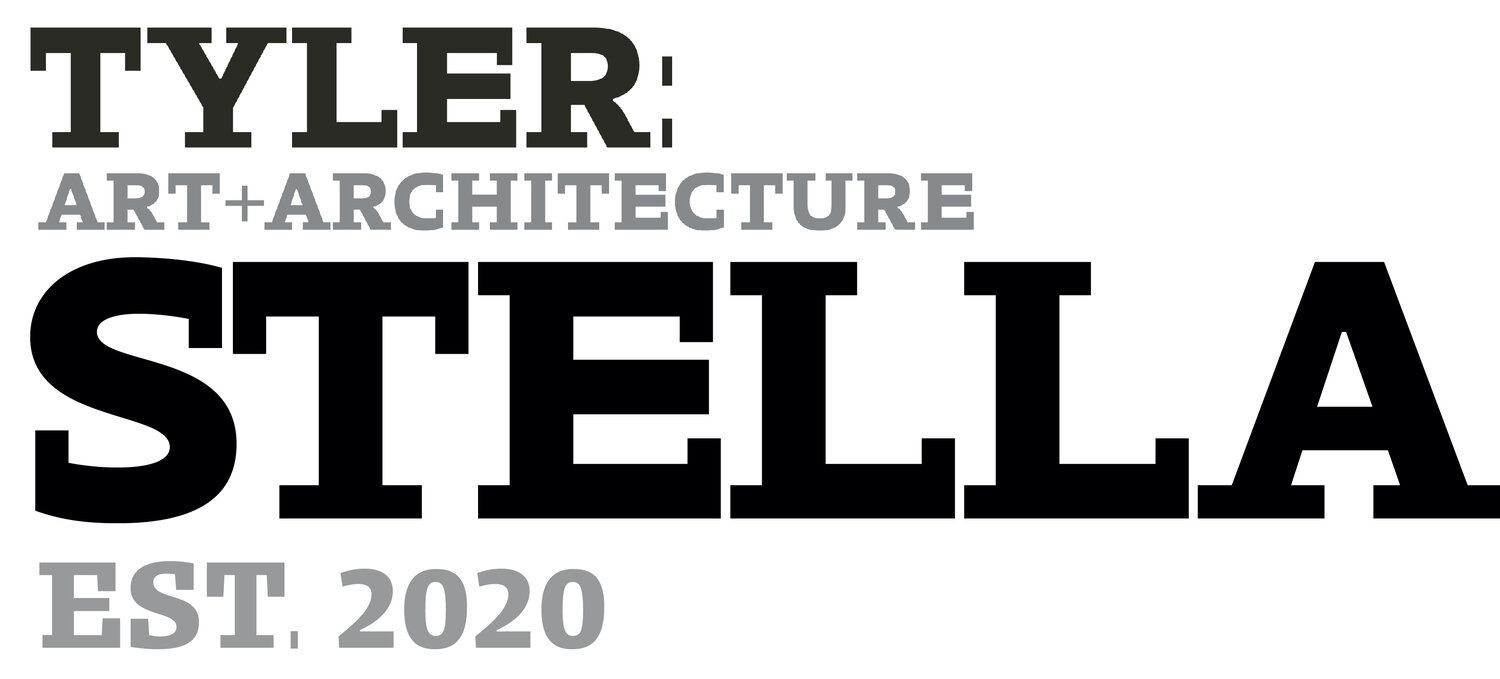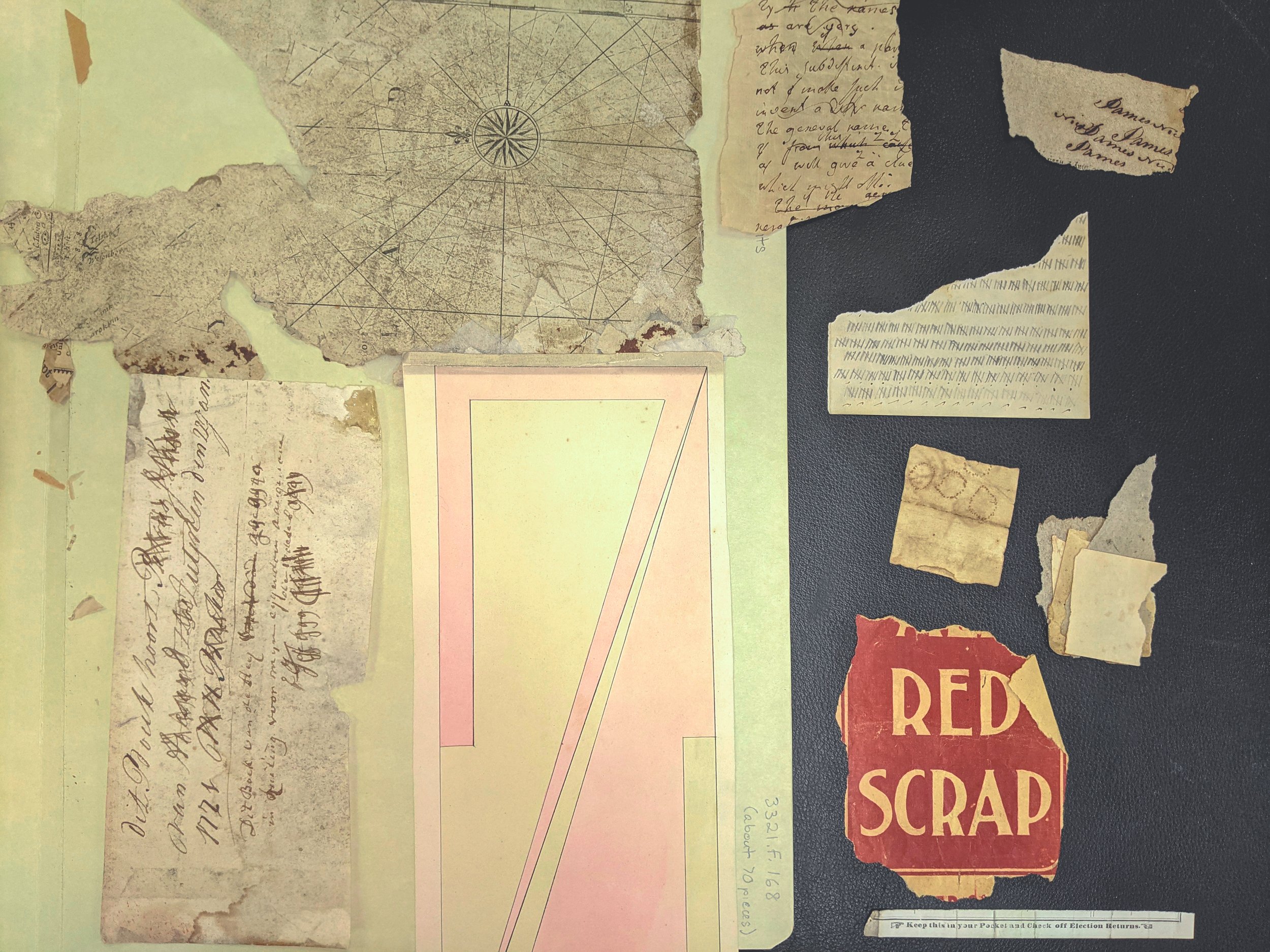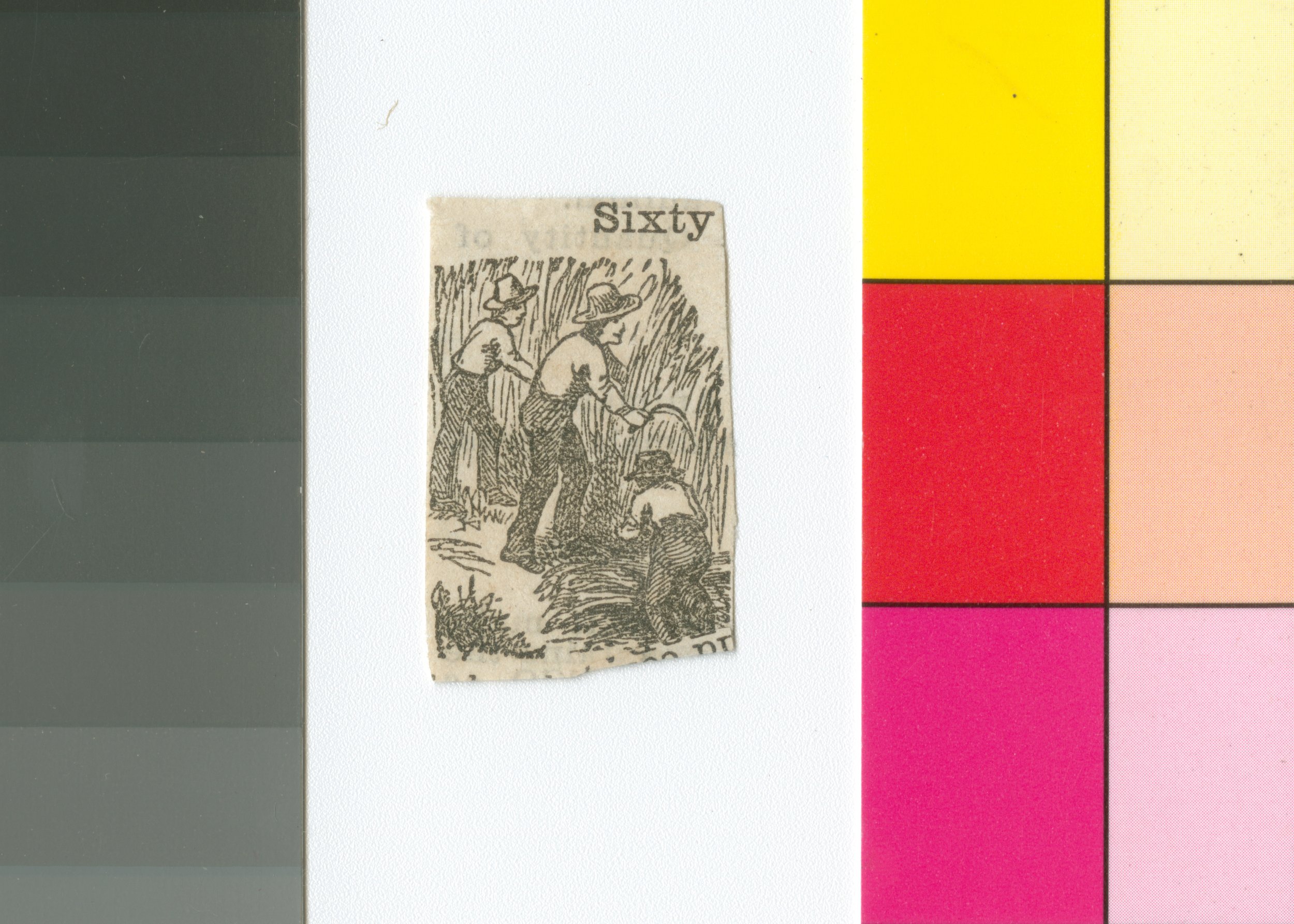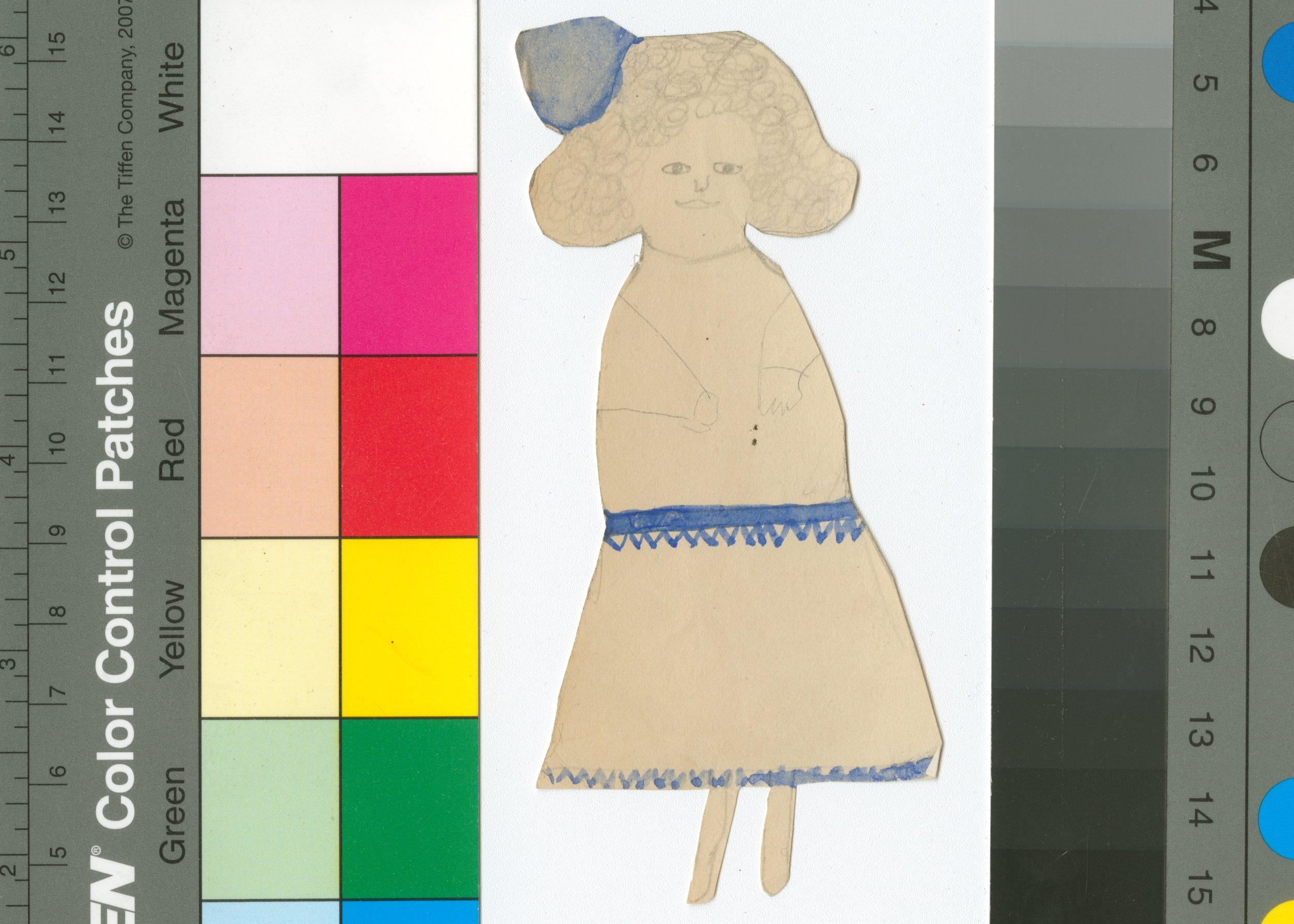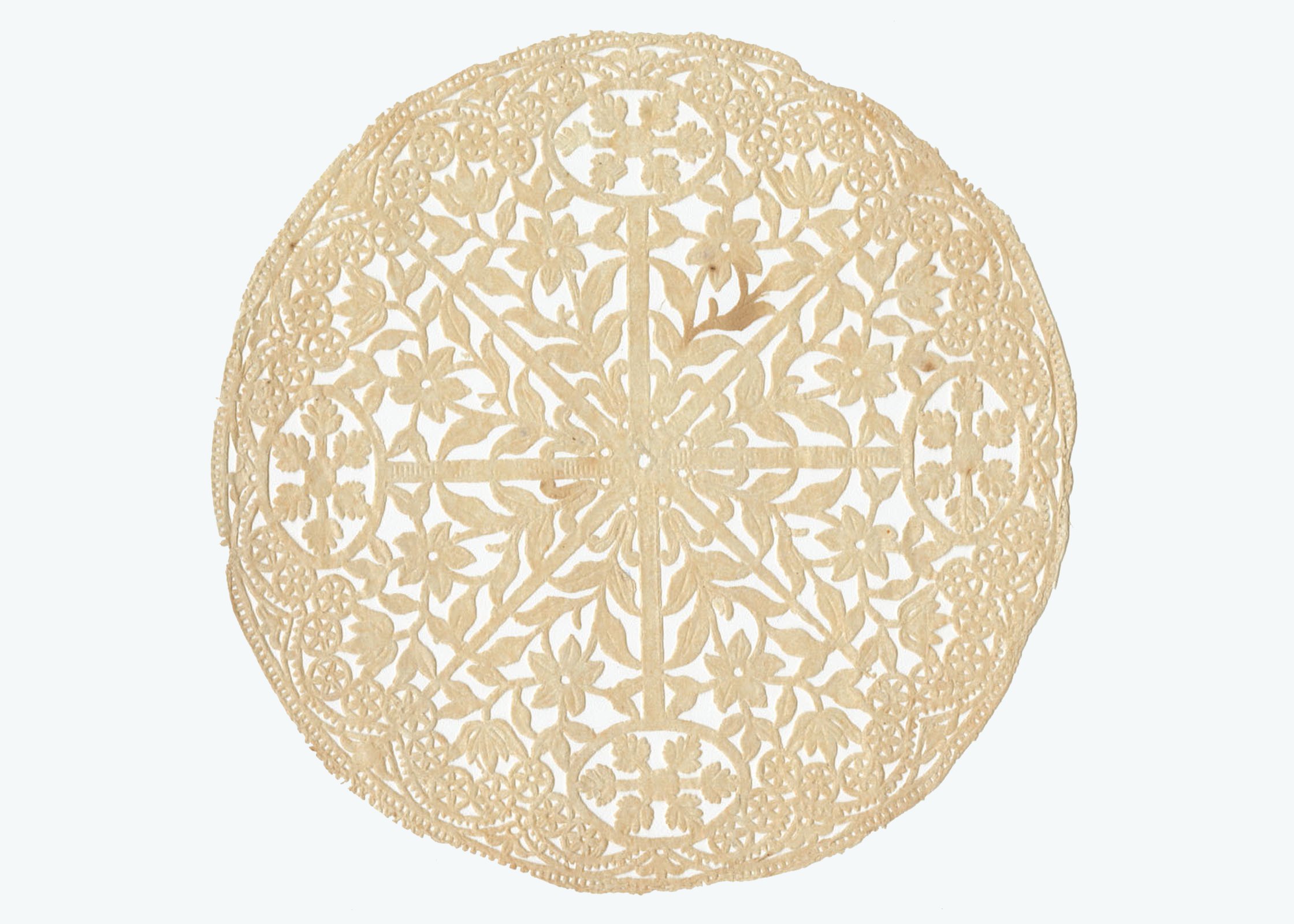Things Found in Books
by Sasha Budayev
The idea of this research (research-in-practice) derived from an intuition: once recognized as separate autonomous unite any collective or personal practice or experience that has hitherto been seen a indiscernible component of other practices or experiences, to certain degree remains under a threat of being incorporated and hereafter forgotten by a simple virtue of distantness of the anthropological optics, unless it is routinized.
The collection of “Things Found in Books” from the Library Company of Philadelphia represents such practice. Along with highlights and notes on margins, the ephemera in the most broad sense that constitutes the collection, must be seen as a case of largely underappreciated and yet universal cultural behavioral stance. I propose to perform an act of care in "returning" the artifacts' replicas into the contexts they were withdrawn from. Replicating original hand-made and mass manufactured objects respectively in a manner that would favor imitating original procedures and inherent logics rather than literal likeness, and bringing them in the libraries across the City of Philadelphia according to wide literature categories they are affiliated with, I hope to initiate aforesaid routinization of the very practice and not merely material residue.
As it is virtually impossible to attribute exact provenance of most artifacts from the collection, the choice of targeted books is based on these rare ones from Library Company whose "inserts" have been preserved in place or on actual librarian notes about alleged origins of certain objects.
LABEL
Overview of content of the folder “Collection LCP Ephemera Things Fragments” (3321.F.168). Consists of various fragments of printed ephemera, handwriting and unidentifiable scraps.
COUNTERLABEL
Surprisingly, the whole category of archival materials, fragile and severely damaged, however is expected to be dealt with bare-handedly: the most possible damage apparently comes from the lack of tactile awareness caused by latex gloves rather than grease and acid from the surface of skin. Browsing through the folders comprising the “Things Found in Books” folio one inadvertently notices a bizarre paradox: carefully preserved in single film sleeves many of these objects by its very nature nevertheless lack any “personal” assigned value. Even the historical value of certain objects can be proven only by retrospection “if it is in this box then it is worthy”. The authority of packaging in action. Accidental, ghostly evidence of certain habitus, they most of all testify for the subtle and sporadic moves of an anonymous soul that only get animated by reader’s volition.
From the folder “Coll LCP Ephemera Things Illustrations” (3321.F.146)
Ink on thin paper. Probably, cut-out from periodic (almanac?). About 3 cm x 2 cm
From the folder “Coll LCP Ephemera Things Dolls” (3321.F.144)
Hand cut and Hand painted paper doll: watercolor and graphite on a beige paper. As several other human cut-outs from the folder, this doll likely was made out of the available bit of paper. Thin and low quality paper most commonly was used for letters and everyday correspondence. The character of a line, interpretation of the human features, inconsistency and looseness of the cut (initial outline is not perfectly followed) allows to suggest that it was made by a child. About 5 cm x 10 cm
From the folder “Collection LCP Ephemera Things Lace” (3321.F.145)
Machine cut paper lace on a thin velvet paper, probably a decorative napkin. About 15 cm x 15 cm
From the folder “Coll LCP Ephemera Things Dolls” (3321.F.144)
Hand cut paper figure, beige tissue paper. About 5 cm x 3 cm
Sasha Budayev
Painting / 2023
Sasha Budayv was born in 1988 in Minsk, Belarus. From 2004 through 2008 he studied painting at Minsk State Art College. From 2008 through 2014 - at Saint-Petersburg Academy of Art (Repin Academy). After academy he’s involved in the experimental educational program of Chto Delat’s group where he got introduced to practices and theory of radical leftist art. He exhibits in group shows in Russia, Belarus, Germany, France, Poland, Estonia and the UK. Main topics at that time are cultural memory and procedures of meaning production. In September 2018 Budayv moved to the US. Displacement and its challenges contributed to Budayv’s renewed interest in painting.
